Rowan McGarry-Williams (PO ’21) The integration of American public schools, once at the center of education reform, today tends to be overshadowed by debates over charter schools, accountability, and funding. Despite extensive research on the widespread benefits of integration, our schools are more racially and economically segregated now than they have been in decades, with grave...
What Happens After Graduation? International Students & the Fight for Visas
By Calla Li (PO ’22) American universities across the country have long regarded international students as a means of not just increasing campus diversity, but increasing revenue too, as international students receive (on average) far less financial aid than their American peers. In the 2017-2018 school year alone, 1.1 million international students representing over 100 countries were...
Investigating Kamala Harris’s Teacher Pay Proposal
By Musa Kamara (PO’22) 2019 has thus far seen the emergence of an ever-growing field of candidates hoping to challenge President Donald Trump. Among the field are individuals with a variety of personalities, ideologies, and levels of visibility; senators, representatives, governors, and mayors all run alongside one another. One of the more well-known figures in the Democratic camp is Kamala...
Put the Mushy Peas Down: Why Attempts to Make School Lunch Healthier Failed
Liz Murray (PO ’21) Cafeteria food has become as much a part of the American public-school experience as recess and standardized testing. The National School Lunch Program, while perhaps only famous among children for chicken nuggets and mystery meat, has been serving meals to countless elementary, middle, and high school students since 1946. In fact, the FDA reports that during the 2015...
Teacher Incentives and Student Outcomes
By James Dail (CMC ’20) Education in the United States is in desperate need of an overhaul. It is a long-recognized phenomenon that students in the United States underperform their peers in the rest of the developed world. In some cases, American students are beaten by students in countries that are less socioeconomically developed, such as with Russia in mathematics. There are many...
Free Tuition at NYU Medical School May Reduce Accessibility for Low, Middle-Income Students
By Katya Pollock (PO ’21) The New York University School of Medicine recently announced that it would offer full-tuition scholarships to all current and future students, regardless of need or merit. The school’s associate dean of admissions and financial aid presented the new tuition plan as a move to improve the school’s economic accessibility: “what we want to do is level the playing...
Teachers’ Strikes Represent Stagnation within State Legislative and Judicial Branches
By Elinor Aspegren (PZ ’20) A product of frustrations with state disinterest in public education over the past decade, teachers’ strikes began in March 2018 in West Virginia, and in April 2018 in Kentucky and Oklahoma These protests and walkouts, while presumably about state budgets, may also be in response to the teachers’ frustrations regarding state courts neglect to enforce the...
New Tax Bill Extends 529 Plans to Cover K-12 Education
By Bryce Wachtell (PO ’21) Last December, Congress passed the Tax Cuts and Jobs Act—the first major piece of legislation under the Republican-controlled 115th congress. The bill will have a major impact on the lives of all Americans in a variety of ways, but—in the most general of terms—it will work to substantially lower and somewhat simplify taxes for most citizens. Consequently, the...
The Future of American Education? Jeb Bush’s remarks on Education Savings Accounts at the AEI
By Blake Plante (PO ’18) “Education Savings Accounts (ESAs) are the new frontier in school choice”, says Nat Malkus as he introduces Jeb Bush at the American Enterprise Institute on Friday, January 26th. General disillusionment with the American K-12 system (according to Gallup’s most recent poll, dissatisfaction with nationwide K-12 schools is at 53%) is manifesting itself in growing...
Fixing Education in Arizona
By James Dail (CMC ’20) As it stands, Arizona has one of the worst education systems in the United States: it consistently ranks as one of the lowest performing states in the country. For its performance to improve, an increase in teacher pay and per pupil funding is needed. The solution to this issue may be a proposition on the ballot next year, courtesy of local businessman Robert...

